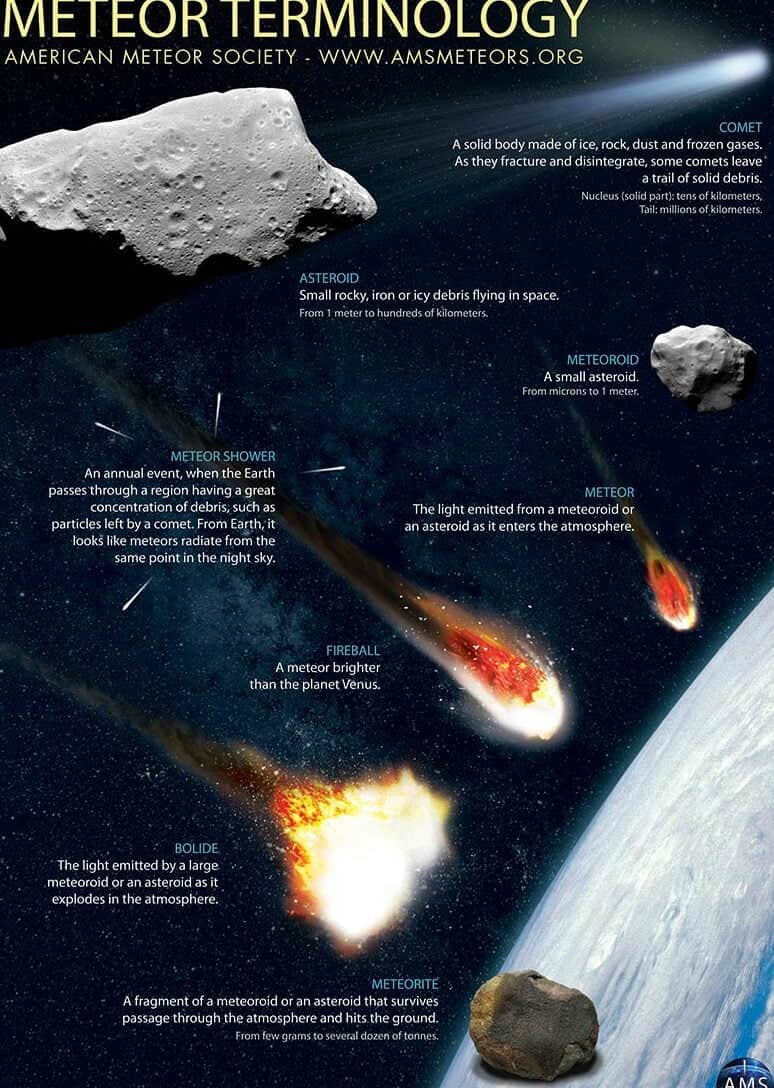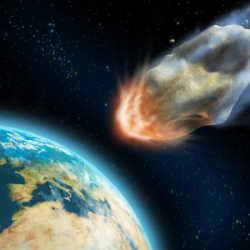
Science
The Chelyabinsk meteorite that descended on Friday February 15, 2013 has raised numerous inquiries.
Based on available information, a meteorite measuring approximately 15 meters in diameter and weighing 7,000 tons entered the Earth’s atmosphere at an inclination of roughly 20 degrees, traveling at a velocity of 65,000 km per hour. It traversed the atmosphere for a span of 30 seconds before disintegrating. This event resulted in an explosion at an altitude of about 20 kilometers, generating a shock wave equivalent to 300 kilotons. Over 1,000 individuals sustained injuries as a consequence.
Recently, fragments of the meteorite were discovered near Lake Chebarkul.
Occurrences such as the descent of a meteorite serve as a reminder of the potential peril that exists in the vastness of outer space. But what exactly are meteorites, asteroids, and comets? How frequently do these incidents take place and is there any way to prevent them?
The descent of a meteorite
Meteor, meteorite, meteoroid – how do they differ?
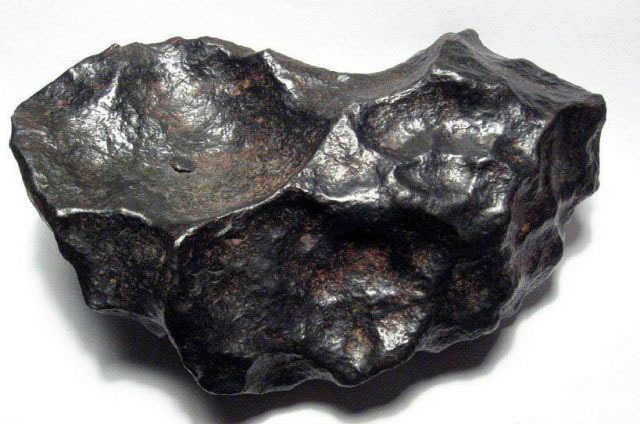
A meteor is the scientific term used to describe a “shooting star” and refers to a luminous streak of cosmic debris that enters the Earth’s atmosphere. They can range in size from tiny particles like grains of sand to larger meteoroids measuring 10-30 meters in diameter. Typically, these objects burn up upon entry into the atmosphere, but the ones that survive and land on Earth are known as meteorites.
What is the frequency of meteorite falls on Earth?
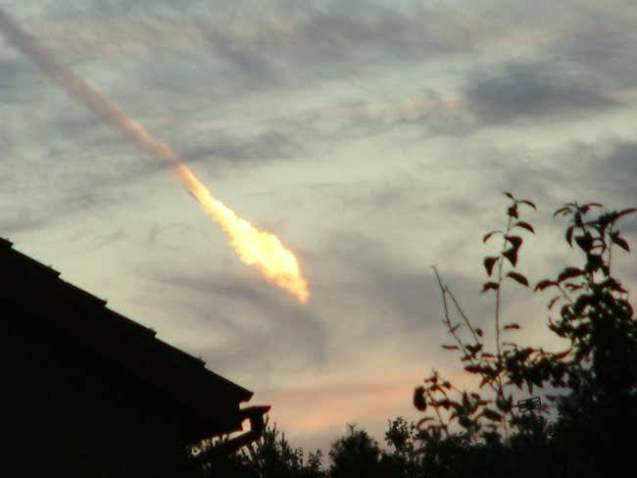
Minor meteorite falls occur on a regular basis, however, they often go unnoticed. This is primarily due to the fact that approximately two-thirds of the Earth’s surface is covered by oceans, making it difficult to witness these events. On the other hand, significant meteorite incidents, such as the one that occurred in Chelyabinsk, happen far less frequently, with an average occurrence of about once every five years. A comparable event was recorded in Sudan in 2008, but fortunately, no injuries were reported.
Can the impact of a meteorite on Earth be averted?
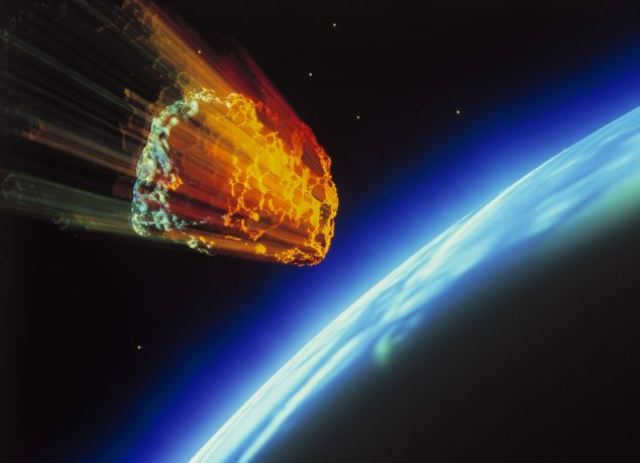
Typically, these celestial bodies go unnoticed, as most telescopes are focused on detecting large potentially hazardous asteroids. Currently, there is no weapon capable of preventing the impact of a meteorite or asteroid.
Asteroid collision
The Chelyabinsk meteorite was the largest since the Tunguska meteorite in Siberia in 1908, which was caused by an object approximately the size of asteroid 2012 DA14. This asteroid safely passed at a minimum distance of 27,000 km from Earth on February 15, 2013.
Understanding Asteroids: What exactly is an asteroid?
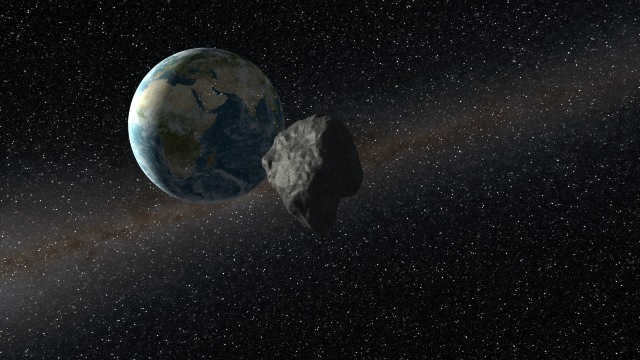
An asteroid, also known as space debris or remnants from the formation of the solar system, is a celestial object that revolves around the Sun, typically found between Mars and Jupiter.
As a result of collisions, certain asteroids are expelled from the main belt and follow a path that intersects with the Earth’s orbit.
Planetoids refer to sizable asteroids, whereas meteoroids are objects smaller than 30 meters.
What is the maximum size that asteroids can reach?
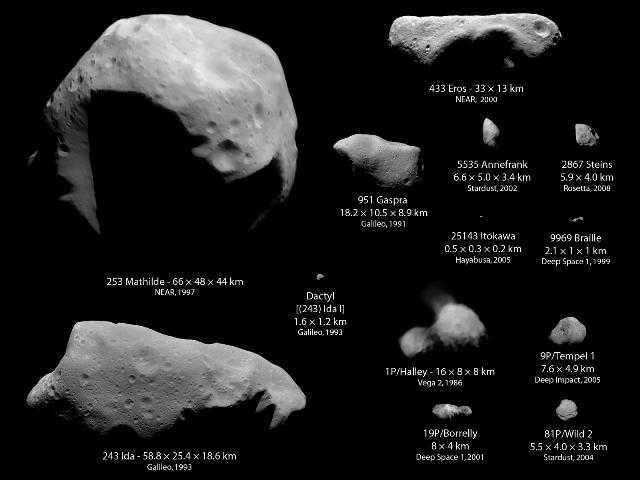
Asteroid 2012 DA14, which passed close to Earth on Friday, measured approximately 45 meters in diameter and had a mass of approximately 130,000 tons. Scientists estimate that there are around 500,000 asteroids of similar size to asteroid 2012 DA14. However, less than one percent of these asteroids have been identified thus far.
The theorized asteroid that caused the extinction of dinosaurs 65 million years ago is believed to have been around 10-15 kilometers in diameter. If an asteroid of that magnitude were to collide with Earth today, it would result in the destruction of modern civilization.
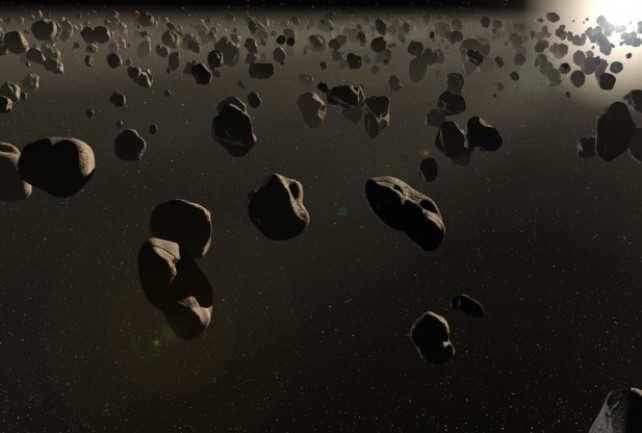
According to statistics, the Earth is hit by asteroids with a size greater than 50 meters approximately once every hundred years. Collisions with asteroids larger than 1 kilometer in diameter occur approximately once every hundred thousand years.
The descent of a comet
The year 2013 can be referred to as the year of comets, as we will have the opportunity to witness two of the most dazzling comets in recorded history.
What exactly is a comet?
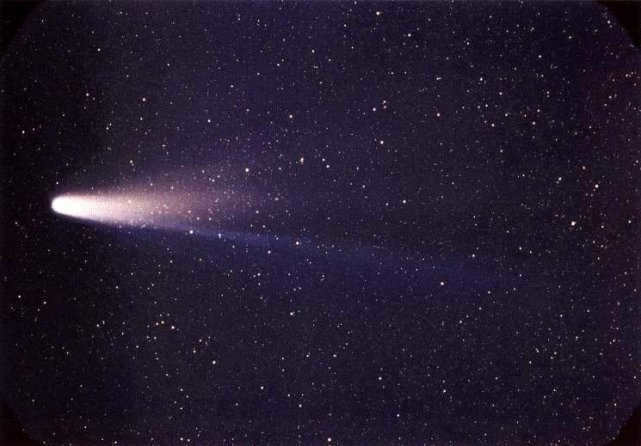
Comets are astronomical objects in our solar system composed of ice, dust, and gas. The majority of these objects are located in the Oort Cloud, an enigmatic region situated at the outermost boundary of the solar system. Periodically, they approach the Sun closely and begin to sublimate. The solar wind then transforms this vapor into a vast tail.
Most comets are too distant from the Sun and Earth to be visible to the naked eye. Luminous comets emerge every few years, and it is even more rare for two comets to manifest simultaneously within the same year.
Comet 2013
Comet PANSTARRS
What are the dates for observing this comet? March 10-24, 2013
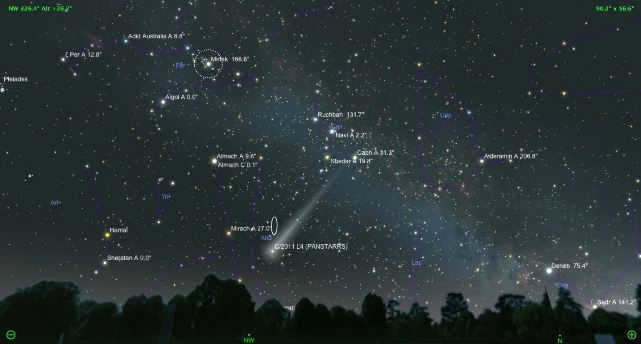
The Pan-STARRS 1 telescope situated on Mt. Haleakala in Hawaii detected the Comet PANSTARRS or C/2011 L4 in June 2011. In March 2013, the comet will reach its closest distance to both the Sun (at 45,000 km) and Earth (164 million km).
Despite being faint and far away when first observed, Comet PANSTARRS has been gradually increasing in brightness over time.
The discovery of Comet ISON dates back to 2012
During what period can I witness its presence? From mid-November to December 2013
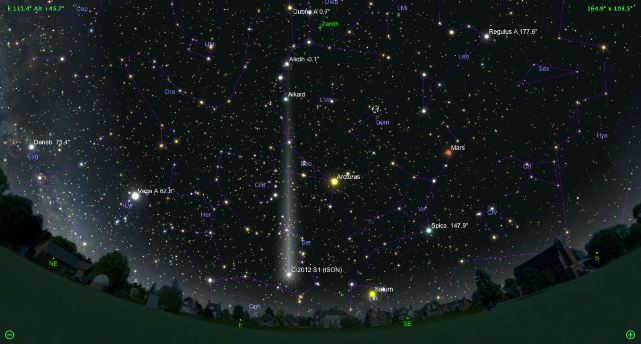
The discovery of Comet ISON, also known as C/2012 S1, was made on September 21, 2012 by astronomers Vitaly Nevsky and Artem Novichonk. They used the International Scientific Optical Network (ISON) telescope for their observations.
Based on orbital calculations, it has been determined that comet ISON will come within a distance of 1.2 million kilometers from the Sun. During the first weeks of November, the comet will be visible in the sky and will shine brightly.
Scientists predict that comet ISON will be even brighter than a full Moon and will be visible during daylight hours.
Encounter with a comet
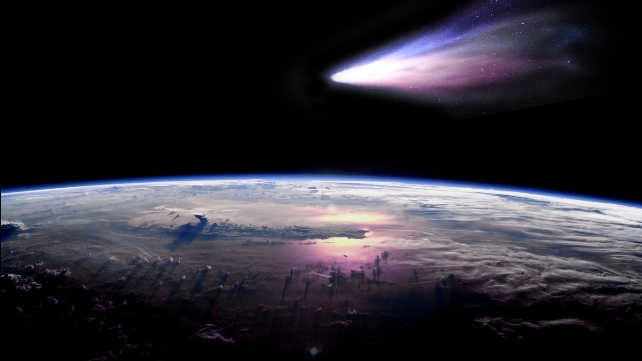
Is it possible for a comet to crash into our planet? We have evidence from the past that shows comets do collide with celestial bodies. For instance, in July 1994, the comet Shoemaker-Levy 9 crashed into Jupiter. This event was significant as it was the first observed collision of a comet by scientists. Fortunately, it occurred on an uninhabited planet, allowing researchers to witness the destructive forces of the universe. However, had this collision happened on Earth, the consequences would have been far more severe.
Comets and asteroids: celestial objects with unique characteristics
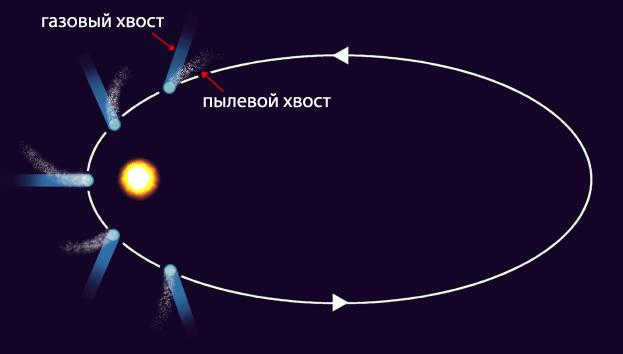
Comets can be distinguished from asteroids by their unique elongated elliptical orbit, which means that they travel much farther away from the Sun. On the other hand, asteroids remain within the asteroid belt.
Fortunately, it takes many years for a comet to complete its orbit. A comet approaches Earth approximately once every 200,000 years. As of now, there are no known comets that pose a threat to our planet in the foreseeable future.
Comets with an orbital period longer than 200,000 years have a more unpredictable orbit and, although the chances of a collision with Earth are slim, they should not be disregarded.
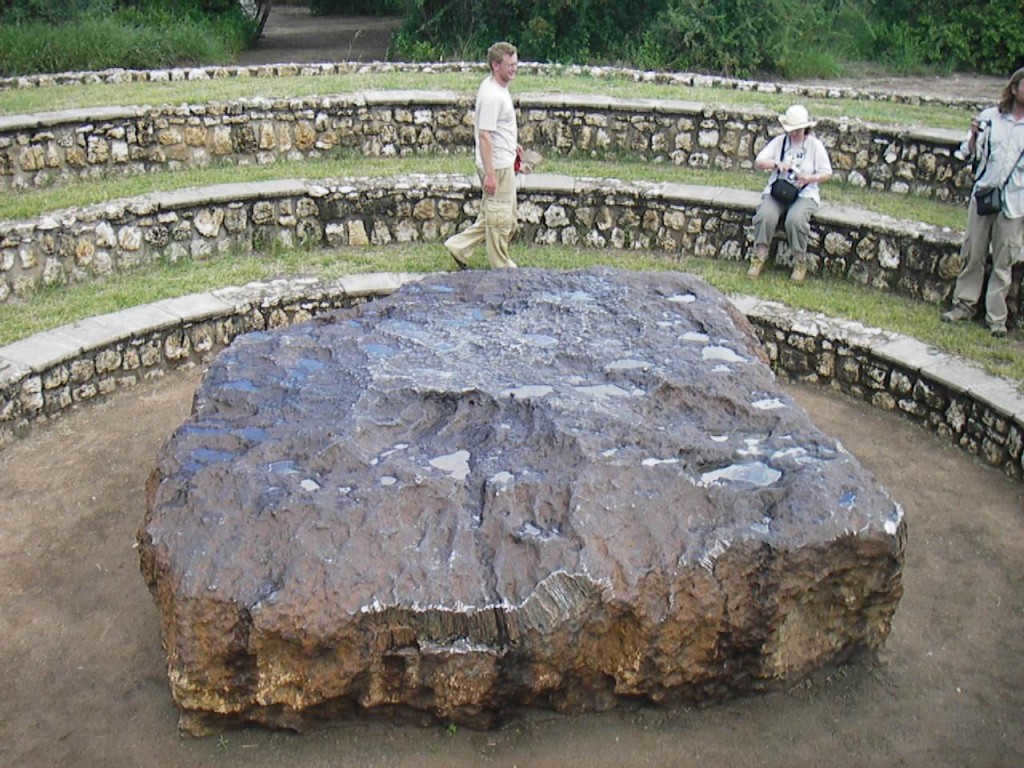
Meteorites are celestial objects that originate from space and have landed on the Earth or other celestial bodies. Essentially, a meteorite is a fragment of a meteor that successfully survived its journey through the atmosphere without disintegrating.
Studying Meteorites
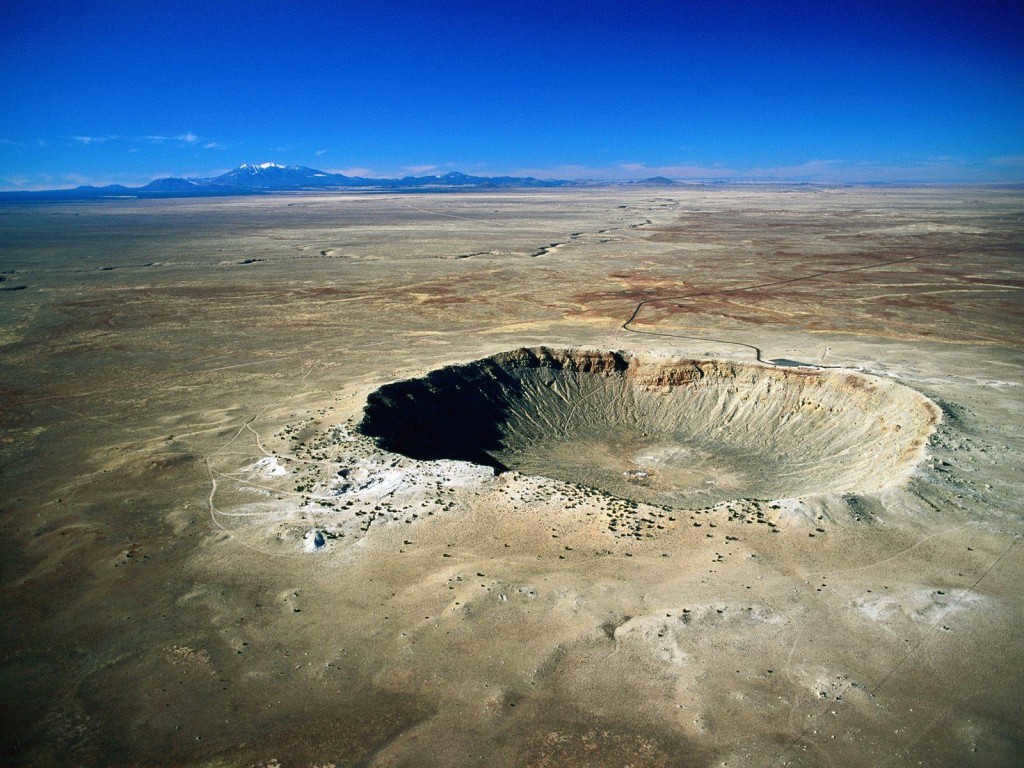
The formation of the Arizona crater occurred due to the impact of a meteorite.
The study of meteorites has become a crucial field of scientific research, yielding numerous fascinating and valuable discoveries for humankind. Interestingly, meteorites were once not considered of “celestial status”. This was due to a combination of mythology and limited scientific knowledge in the 18th century, which made it difficult to accurately define these cosmic bodies. Local inhabitants regarded the discovered objects as “thunderstones” that materialized in the air due to lightning. Scientists, lacking a solid understanding of meteorites, classified them as ordinary earthly minerals, as this explanation seemed more logical than the mythological interpretation of their origin.
By studying the nature of meteorites, we can not only gain insights into the origins of the universe and our own planet, but also potentially discover evidence of extraterrestrial life. A prime example of this is the discovery that a specific meteorite has provided us with a more accurate understanding of the Moon’s formation timeline.
Interactive visualization of meteorite impacts
Tracking the descent of meteorites onto our planet
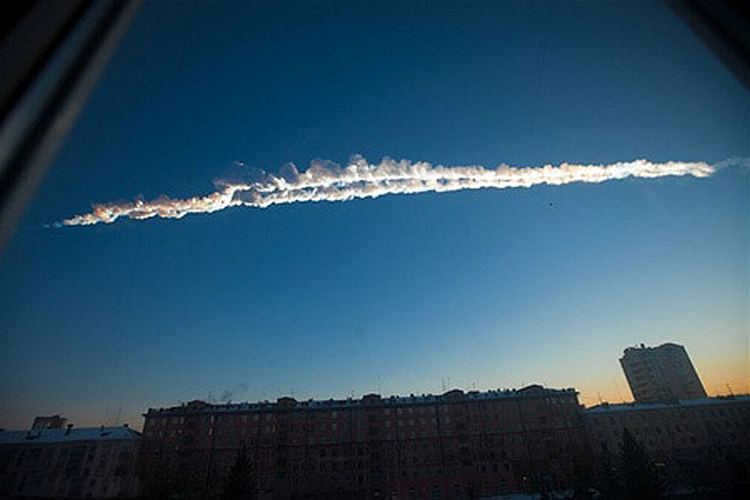
The imprint left by a meteorite
Around 92.8% of all meteorites that have made their way to Earth can be classified as stone, while 5.7% are composed of iron and 1.5% are a combination of iron and stone. On average, over 1 thousand meteorites plummet to our planet each year, although they are often challenging to detect due to their landing in remote or oceanic areas. When a meteorite descends, it creates a dazzling spectacle in the sky known as a bolide, which is characterized by a fiery ball with numerous sparks and a long tail that leaves behind a distinct dust trail resembling a streak of smoke. The luminosity of the meteorite is a result of the conversion of the body’s kinetic energy, acquired from its high-speed movement, into light and heat due to the resistance it encounters in the Earth’s atmosphere. The bolide typically occurs at an altitude of approximately 130-80 kilometers. As the meteorite descends to a range of 20-10 kilometers, the so-called “delay region” becomes apparent: the descent slows down, the luminosity fades away, and the meteorite itself begins to cool. Consequently, rather than glowing, hot or even warm objects are what reach the ground.
Meteorite Classification
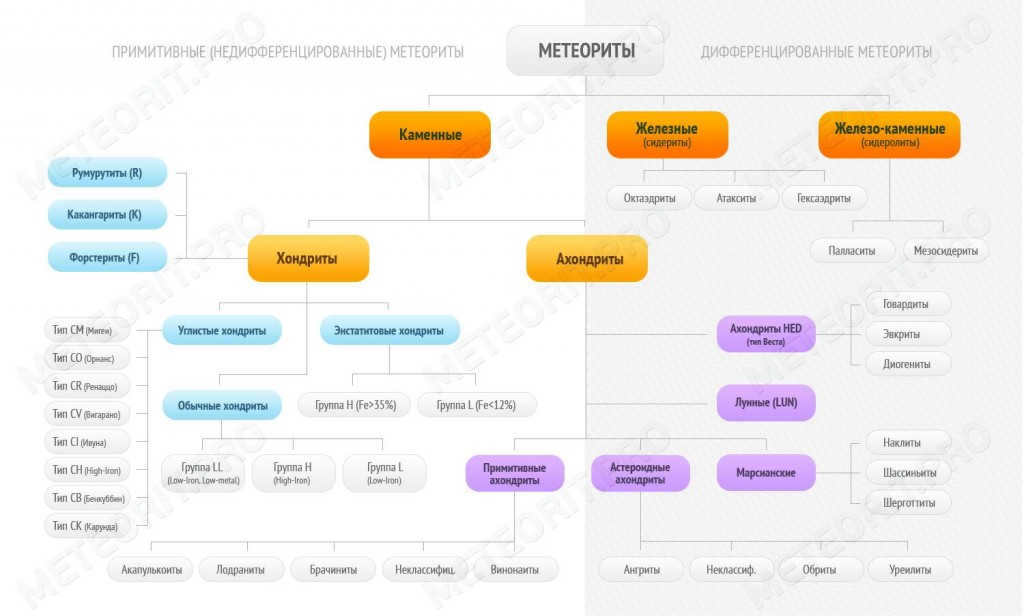
Detailed classification of meteorites
Currently, there are multiple classifications of meteorites. The most prevalent one is based on the composition of the celestial body. There are several groups that are distinguished:
– metallic (previously referred to as siderites);
– iron-stone (having a mixed composition).
The second classification is based on the method of meteorite detection. If a celestial body is identified by observing its trace in the atmosphere, it is classified as a “fall”. In cases where it can only be determined that the object is a meteorite after a separate analysis, it is classified as a “find”.
Signs of Alien Organic Matter Found in Meteorites
Upon examination of a collection of 34 Martian meteorites that have landed on Earth, researchers have discovered the existence of extraterrestrial organic compounds. This finding has led some scientists to believe that it provides enough evidence to support the theory that Mars may have once harbored living organisms. However, there are still those who argue that additional investigations are necessary to reach a definitive conclusion.
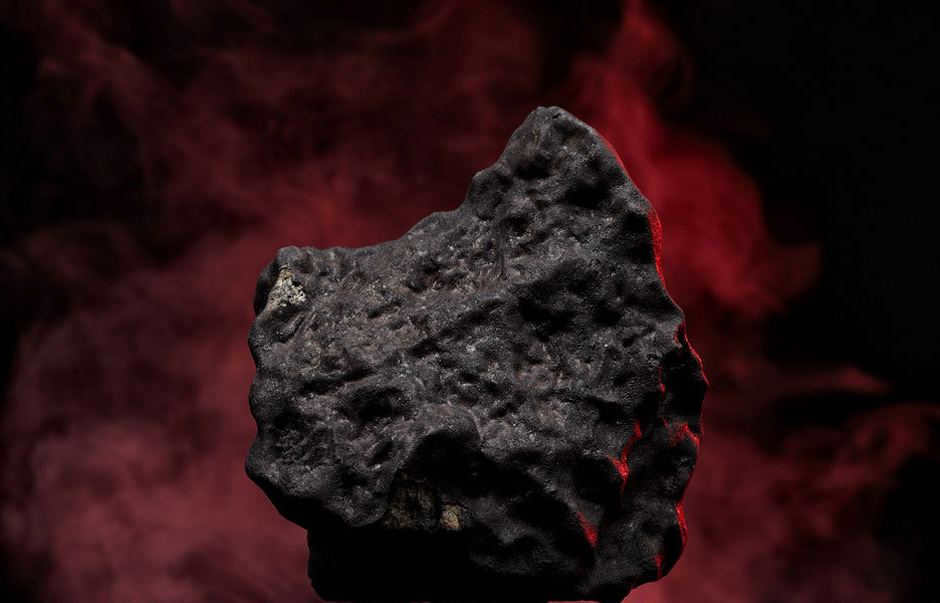
Studio photographs showcasing the Chelyabinsk meteorite
A majority of the discovered meteorites can be classified as relatively diminutive, though there exist a few remarkable examples. Among them is Goba, which was unearthed in Namibia in 1920. Experts estimate that its descent occurred approximately 80 thousand years in the past.
Resources on the subject
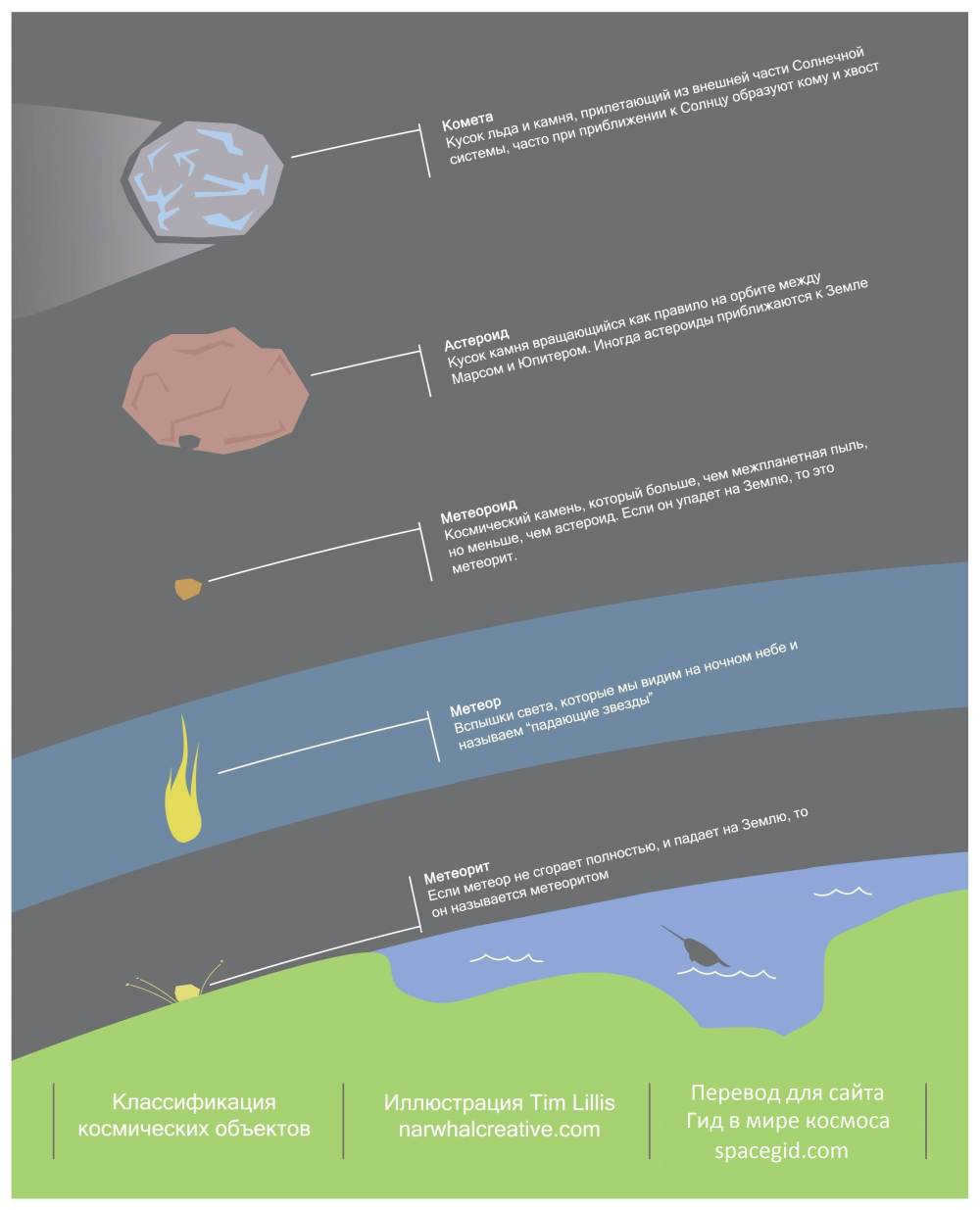
The discovery had a volume of approximately 9 cubic meters and weighed 66 tons. The meteorite has not been relocated and is gradually deteriorating due to environmental factors and vandalism. Currently, it is estimated to weigh around 60 tons.
Occasionally, there are also instances of meteor showers, where hundreds of celestial bodies descend to Earth simultaneously. One such event occurred in China in February 2012, where the heaviest detected meteorite weighed 12.6 kg. An even larger meteor shower took place in China in 1976.
Interesting facts
It’s quite surprising that with the number of meteorites falling, they rarely hit a person. However, there have been a few recorded cases in history. For example, in Africa in 1992, a boy was hit by a fragment from a space object. Thankfully, he was not injured as the fragment weighed only three grams and its fall was slowed down by a tree. Unfortunately, a woman in Alabama, USA, had a less fortunate encounter. In 1954, a 4 kg meteorite “landed” on her house, breaking through the roof and bouncing off her arm and thigh. Luckily, she only ended up with a few bruises.
Did you enjoy this article? Share it with your friends!

Contrary to its seemingly calm and serene appearance, the vast expanse of cosmic space is anything but tranquil. For billions of years, ever since the inception of the solar system, we have been visited by celestial travelers – meteorites. Our planet is under constant assault from these cosmic intruders. Despite the relatively peaceful existence of human civilization for over four million years, our planet’s history is riddled with catastrophic meteorite impacts.
The impact sites of meteorites on Earth provide clear evidence of these significant events. Astronomers have frequently observed meteorite falls, including on our moon. The only difference lies in the magnitude of the aftermath. Lunar meteorites and a massive object that crashed into Mars millions of years ago created enormous craters. If a similar encounter were to occur on Earth, the consequences could be catastrophic.
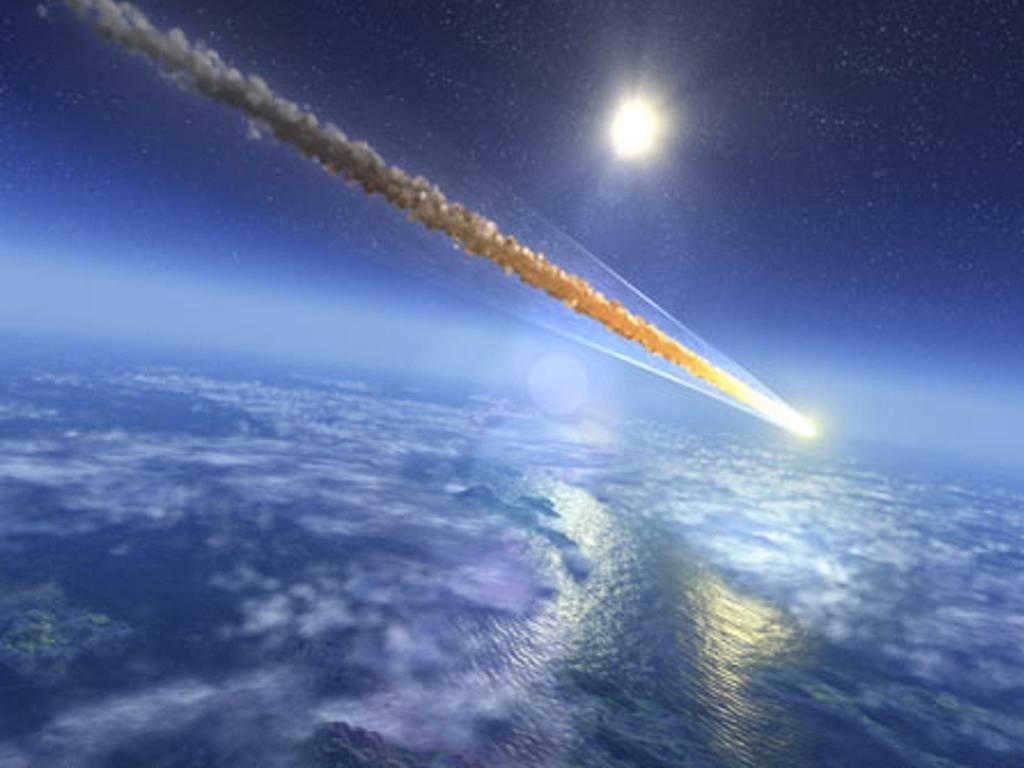
The entry of a meteorite into the higher layers of the Earth’s atmosphere is indicated by the emergence of a brilliant glow
What exactly is a meteorite that has fallen?
Fragments and pieces of meteoric bodies that have reached the planet’s surface are referred to as fallen meteorites. The impact of large meteorites typically results in visible signs – craters, whether they are massive and easily noticeable or small and barely discernible in the surrounding landscape. An important characteristic of these objects is the immense thermodynamic stress that the celestial body undergoes as it passes through the dense layers of the Earth’s atmosphere. After breaking apart or exploding, hundreds or even thousands of meteorite fragments descend to the Earth.
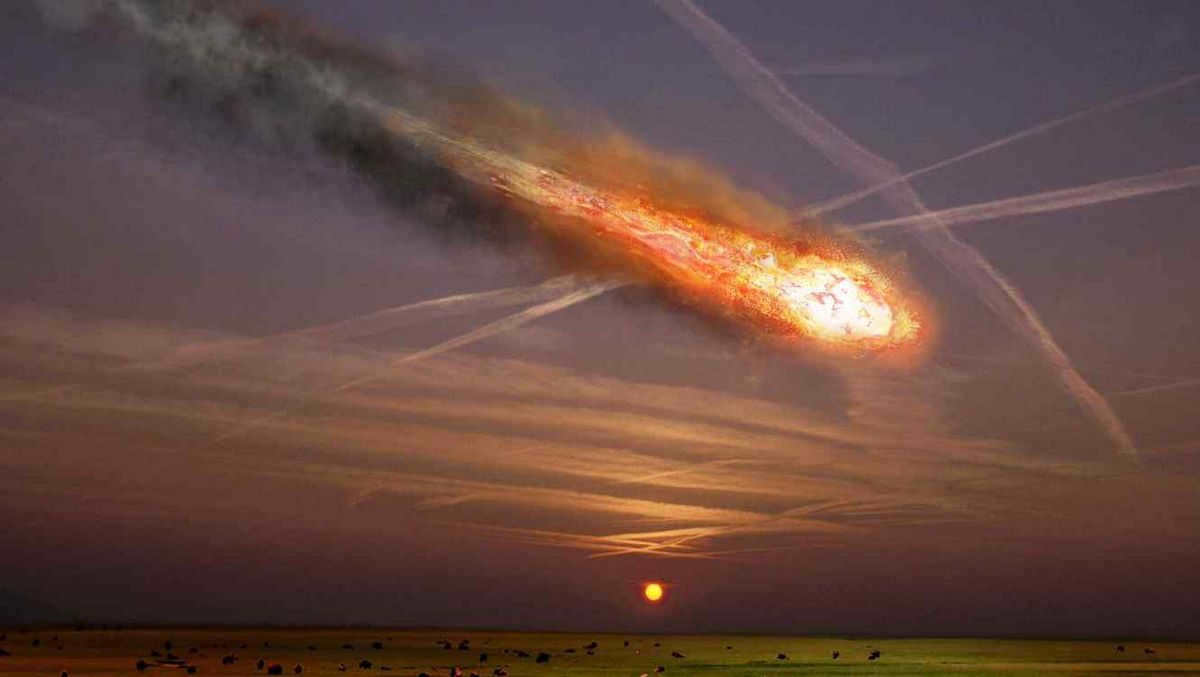
While descending towards the Earth’s surface, the meteoric object undergoes significant thermodynamic pressures resulting from the frictional force exerted by the surrounding air masses.
Prior to the arrival of a meteorite on Earth, meteoroids or a flying asteroid, upon reaching the vicinity of our planet, enters the Earth’s atmosphere. Consequently, during its trajectory, the surface of the celestial body experiences immense thermodynamic stresses due to the friction with the air masses. The subsequent fate of these falling bodies varies.
When large, solid objects weighing several hundred kilograms collide with the surface of our planet, they create massive craters upon impact. Sometimes, however, the trajectory of these objects takes an unexpected turn – resulting in a meteorite explosion accompanied by the release of a significant amount of energy.
On June 30, 1908, a celestial body exploded in the air while flying over the taiga near the Podkamennaya Tunguska River. This event is famously known as the Tunguska meteorite of 1908.
Smaller meteoric bodies, characterized by their inhomogeneous and fragile structure, often disintegrate into smaller fragments that scatter over a wide area upon impact. These astronomical occurrences are referred to as meteor showers. The traces left behind by these space visitors are incredibly difficult to locate in such cases.
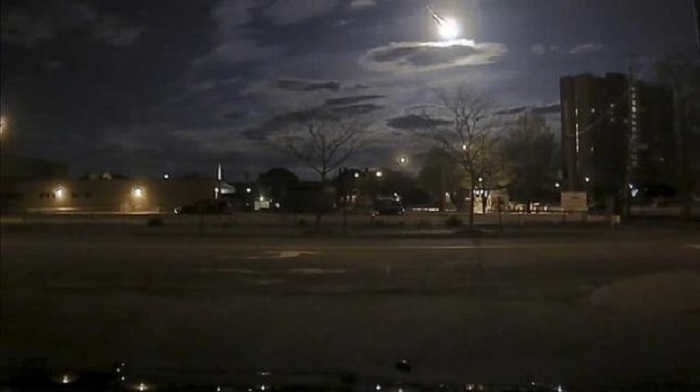
A small meteorite landed in close proximity to Detroit, a city in the state of Michigan in the United States.
The classification of meteorites is determined by the process of their fall and the resulting consequences. They are categorized based on the method of detection:
The first category includes meteorites that are observed from the beginning of their fall until the end. These meteorites are named before their fall occurs. The second category consists of fragments or rock chips that are found and have a cosmic origin in terms of their structure and composition. The majority of meteorites that make up the collection of human civilization are those that have fallen at various times and have been discovered in the present day. The Goba meteorite, which is the largest one found, is a notable example.
Typically, significant and well-known discoveries are linked to ancient meteorite falls. These celestial objects, which possess immense velocity, considerable size, and substantial mass, created cavities or enormous craters upon impact with our planet’s surface. Currently, over 100 meteoritic craters have been identified, ranging in diameter from 0.2 to 100 km.
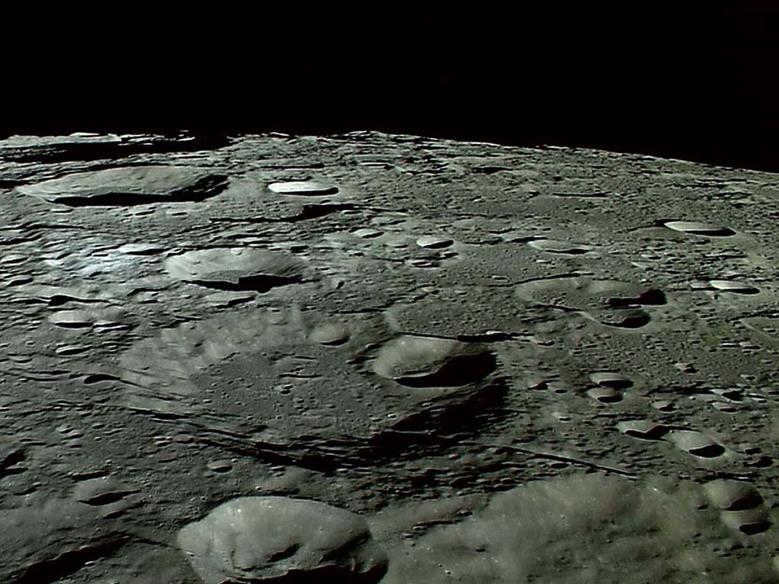
Pictures depicting small impact craters with diameters surpassing several hundred meters. These images were captured by the Lunar Orbiter-2 interplanetary spacecraft.
The quantity of lunar craters, which serve as evidence of the bombardment of the surface of our natural satellite, is currently estimated to be around 70% of the total number of observable objects on the Moon’s surface. The South Pole-Aitken basin is an entire region filled with meteoric lunar craters. The biggest crater within this area boasts a diameter of 2500 km. On Mars, the largest impact crater known as the Hellas Plain has a diameter of 2300 km. Scientists believe that the explosion’s force was equivalent to 500-1000 megatons of TNT.
The History and Significance of Antarctic Meteorites
The discovery and study of meteorites that have landed on Earth over the years have provided valuable insights into the nature of our solar system. Among these remarkable finds are meteorites from Mars and the Moon, which arrived on our planet billions of years ago during the early stages of the solar system’s formation. Additionally, some unidentified meteorites may even be remnants of a long-lost planet that collided with Earth in the distant past. Many meteorites are believed to be fragments of large asteroids, and the scientific community speculates that some of these extraterrestrial objects originated from the far reaches of outer space.
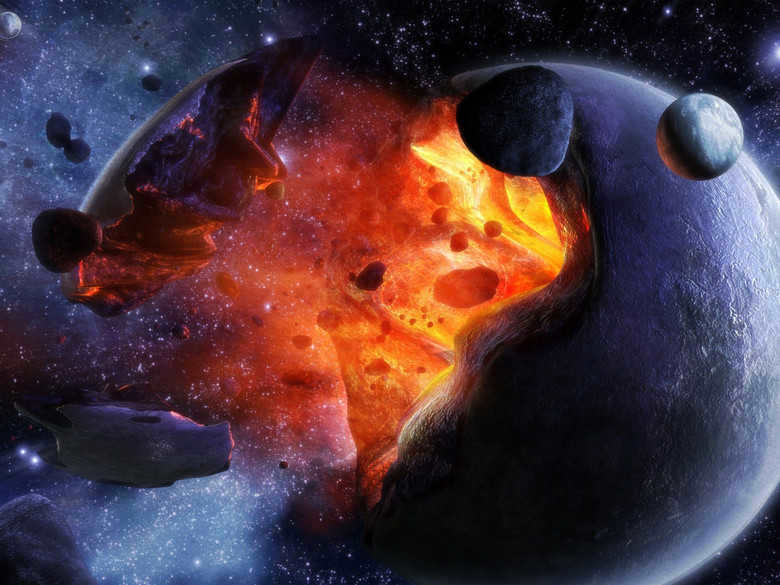
There is a possibility that the meteorites that have landed on Earth are remnants of cosmic cataclysms that occurred during the early stages of the solar system’s formation.
To this day, a distinct subspecies of meteorites that have landed on Earth has emerged. We are referring to Antarctic meteorites, which are objects that have been discovered on the icy continent. Currently, scientists possess a collection of over 10,000 extraterrestrial visitors that have been unearthed from the surface of the Antarctic ice sheet. The distinguishing characteristic of this subspecies lies in the unique natural conditions under which they are detected. On the snow-covered expanse, within the icy facade, it is relatively straightforward to discern an extraterrestrial object that has descended upon Earth. Antarctic meteorites are unequivocally space-faring entities, having descended upon our planet either recently from vast cosmic distances or millions of years in the past.
Thanks to the discovery of such meteorites, scientists have been able to study the composition and structure of meteorite swarms that existed in space during the early stages of the solar system’s formation with great precision. In most cases, the chemical composition of the Antarctic meteorites found differs from that of celestial bodies that arrived on Earth in a later era.
It is important to note that Antarctic meteorites are unique geological objects in their own right. The limited presence of known life forms and reduced contamination of the biosphere on the icy continent has allowed scientists to detect organic molecules of extraterrestrial origin in the composition of Antarctic meteorites.
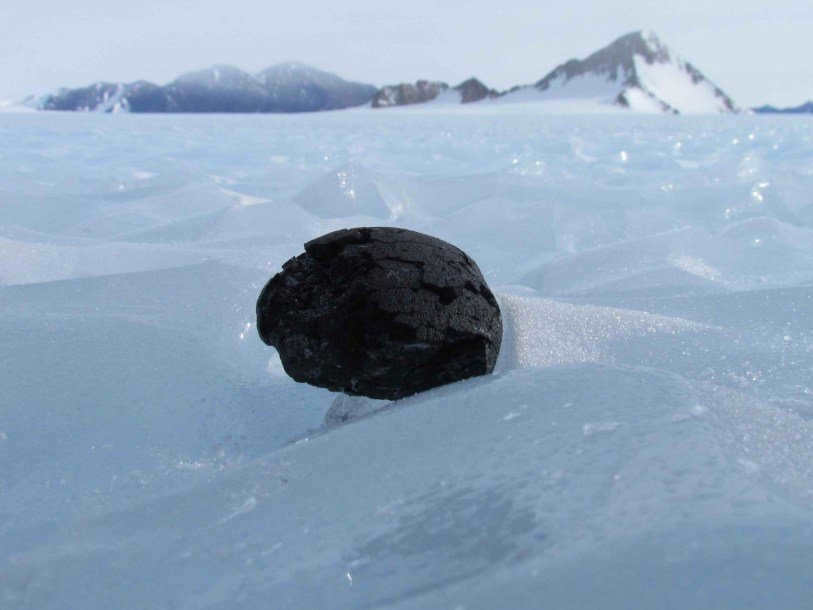
Moreover, Antarctica has presented the scientific society with various items that were discovered to be genuine meteorites from Mars or the Moon. Although these celestial visitors are generally small, they offer crucial insights into the formation of the solar system and its age.
Classification of meteorites based on composition
The composition of meteorites determines their classification, and there are mainly two types of meteorites that come to Earth:
Stone meteorites make up 92.8% of all meteorites that have fallen to Earth. These meteorites are either celestial bodies or fragments of larger cosmic bodies. They have a similar chemical composition and geologic structure. Typically, stone meteorites are composed of oxides of magnesium, silicon, and calcium, with small amounts of space iron and aluminum. The structure of stone meteorites consists of chondrons, which are a sintered mass of microscopic silicate grains. This is why they are called chondrites. Meteorites that lack this structure are known as achondrites.
When it comes to iron meteorites, these types of objects are not commonly found on Earth. Out of all the meteoritic material that has reached us, only 5.7% consists of iron meteorites. These space objects, which have visited our planet at different times, contain natural iron, nickel, and cobalt. In terms of percentages, the composition is as follows:
The structure of iron meteorites is highly stable. The interior is homogeneous and durable, while the exterior is adorned with regmaglipthes, small depressions, and ulcers that formed as the meteorite traveled through Earth’s atmosphere. The Iron Goba is the largest meteorite on Earth that has been discovered by humans.
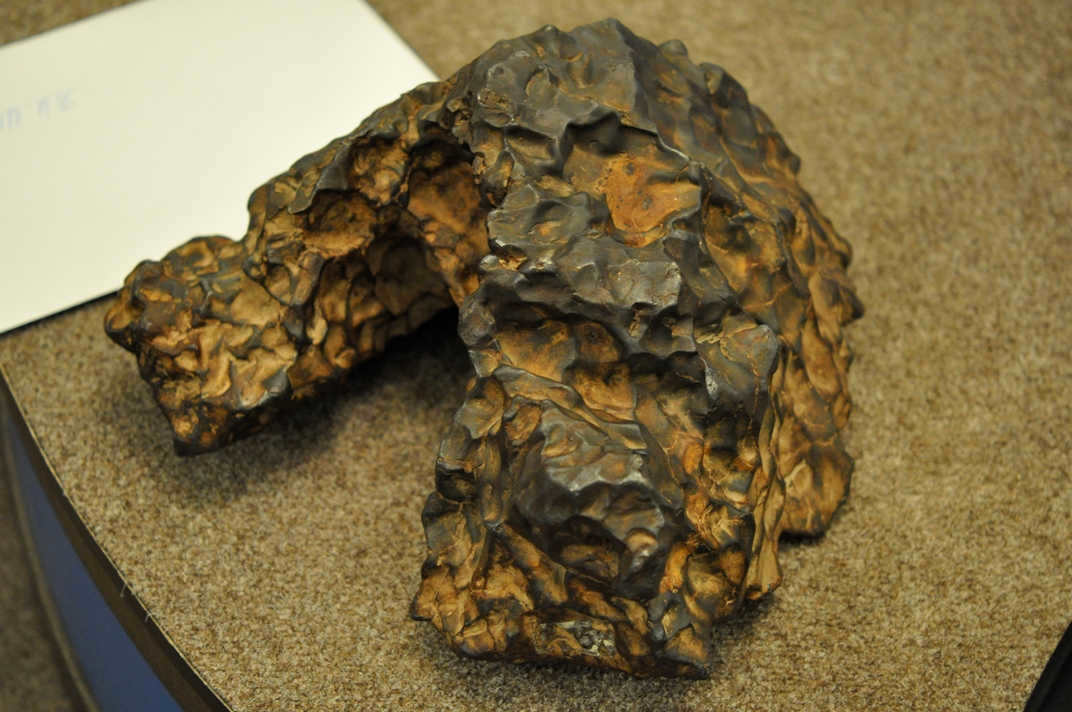
The Museum of Extraterrestrial Matter of GEOHI RAS showcases an iron meteorite in its exhibition.
Iron-stone meteorites are the most uncommon visitors from outer space. These extraordinary objects belong to the intermediate class, bridging the gap between iron and stone meteorites that have journeyed from the depths of the cosmos. Within this celestial body, metals such as nickel iron and aluminum coexist harmoniously with silicates, each element comprising an equal proportion. Astonishingly, only 1.5% of all discovered meteorites are of the iron-stone variety, a scarcity attributed to the frailty of their structure. As these celestial bodies traverse the Earth’s atmosphere, the likelihood of their disintegration is alarmingly high. The intense thermodynamic pressures encountered during this descent prove too much for the delicate silicates, causing them to break apart. Consequently, our planet is adorned with minuscule fragments and particles of space-borne iron.
Lunar meteorites and Martian meteorites are distinct species. The primary distinction between these entities lies in their chemical composition, which closely resembles the composition of rock found on the surface of the Moon or Mars. These meteorites contain a significant amount of argon isotopes and other inert gas molecules, which are abundant in the geology of extraterrestrial celestial bodies. Scientists believe that these meteorites are fragments that detached from the Moon or Mars due to an external cosmic impact. When subjected to a substantial force during the collision, large portions of the Martian or lunar surface can escape the gravitational pull and transform into meteoroids, eventually reaching the vicinity of our planet.
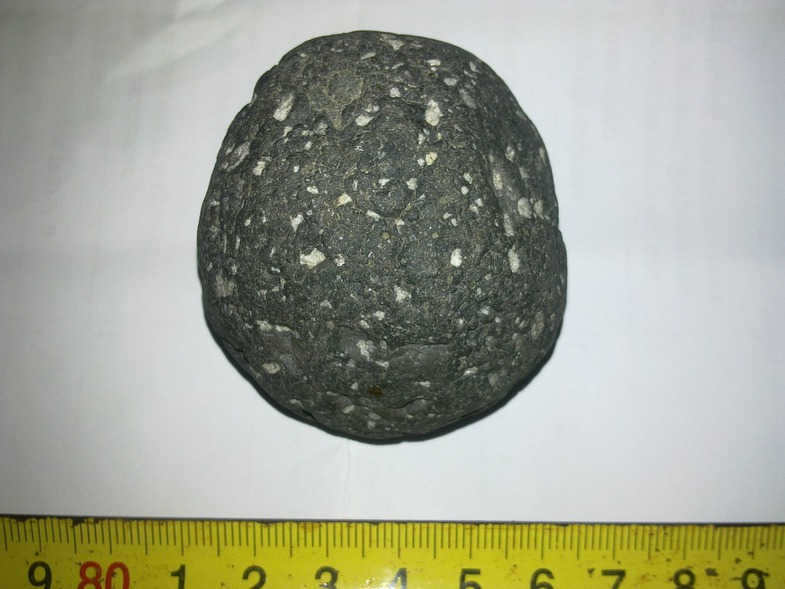
A Lunar meteorite was discovered by Soviet polar explorers at Mirny station in Antarctica in July 1985.
Implications of the most well-known meteorite impacts
When considering the various space visitors that the Earth has encountered throughout its extensive history, it is clear that humanity has reason to be concerned based on the size and severity of the collision aftermath.
In terms of the level of destruction caused by these celestial visitors, it is currently believed to be relatively low. Over the past 500 years, the objects that have fallen to Earth have not caused significant trouble or suffering for humans. Residential buildings and industrial infrastructure have rarely been the targets of fallen meteorites. Unlike the prehistoric era, when colossal space entities made contact with our planet, the modern era has not experienced such large-scale planetary catastrophes.
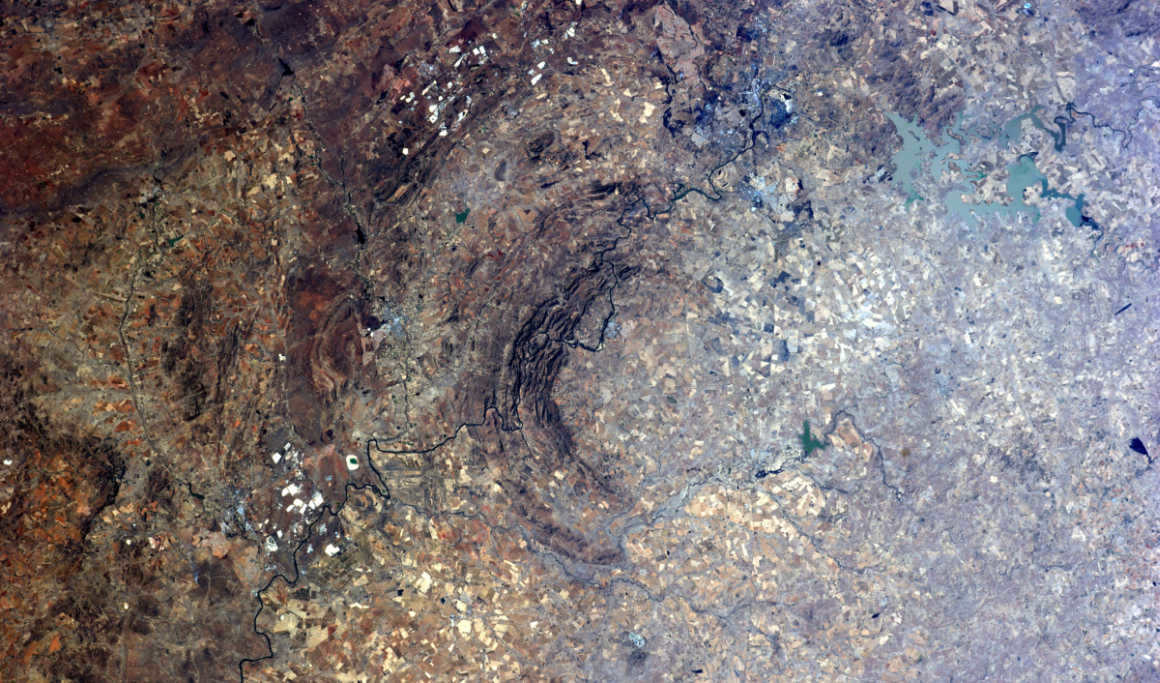
Vredefort impact crater, which is situated 120 kilometers to the southwest of Johannesburg, South Africa, can be seen in this image captured from space by the International Space Station (ISS).
Our planet bears many marks left by the largest meteorites that have fallen to Earth throughout different periods of time. One such remarkable trace is the Vredefort impact crater, which was formed by the visit of a celestial visitor and is located in South Africa. This crater has a diameter of 300 kilometers. Additionally, there are other equally impressive traces of meteorite impacts in terms of their size:
- Sudbury, Ontario, Canada, with a diameter of 250 kilometers;
- Chicxulub, Yucatan Peninsula, Mexico, with a diameter of 170 kilometers;
- Manicouagan, Quebec Province, Canada, with a crater diameter of 100 kilometers.
- Popigai crater, located in the Republic of Sakha-Yakutia, Russian Federation, has a diameter of 100 km.
A striking characteristic of this remarkable collection is that all of these massive craters are ancient. For instance, the Sudbury crater in Canada is estimated to be 2 billion years old. The Popigai impact crater in Russia also dates back to the prehistoric era, over 35 million years ago. Given the size of these craters, we can confidently speculate about the consequences that such intense collisions had on our planet and what could happen if Earth’s orbit intersects with the path of these enormous objects in the future.
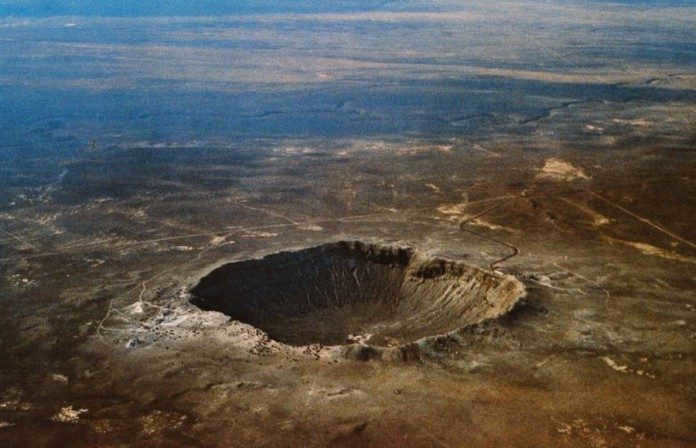
The Popigai Crater is a meteorite impact site situated in Siberia, specifically within the Popigai River basin. It is located on the border between the Krasnoyarsk region and the Republic of Sakha-Yakutia.
The Huangshitai stone block, discovered in the province of Xi’an in China, is considered to be the oldest meteorite ever found on Earth. According to astrophysicists at Oxford University, this massive space rock, weighing two tons, arrived on our planet approximately 2 billion years ago. Another impressive meteorite is the Goba, which was discovered in the desert areas of Namibia in the 1920s. This enormous chunk of iron weighs a staggering 60 tons. Some of the large meteorites that have fallen to Earth and been discovered by humans are now protected geological monuments. Every day, over 20 tons of meteoritic material falls to Earth. However, it is rare for larger individual objects to make visits. The planet often encounters known meteor streams during its orbit, resulting in a significant number of meteorites falling to Earth.
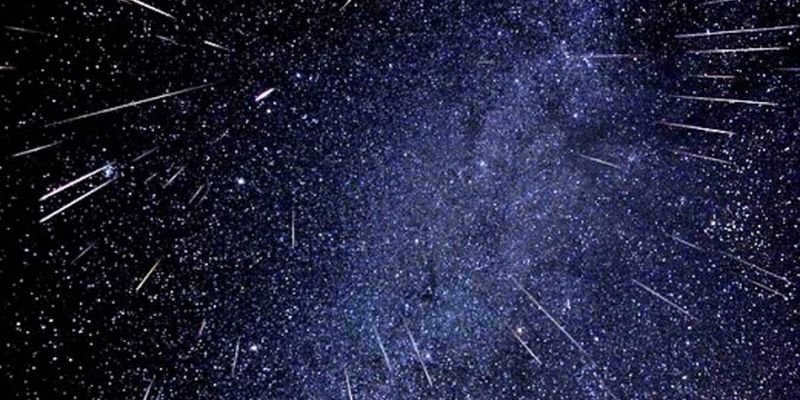
A picture of the Orionid meteor stream taken by the Hubble Space Telescope
Notable meteorites in the past few years
Despite the rarity of large-scale meteorites falling on a planetary level, the danger posed by meteorites remains a significant concern. The issue lies in our limited understanding of near-Earth space. Current technological capabilities fail to provide a comprehensive and clear view of the state of near-Earth space. Over the past few decades, scientists from the United States, Russia, China, and Japan, along with experts from NASA and the European Space Agency, have developed early warning systems. These new technological advancements allow for the detection of space bodies approaching Earth. However, this system is only effective at close distances, leaving little time to react and mitigate the potential threat.
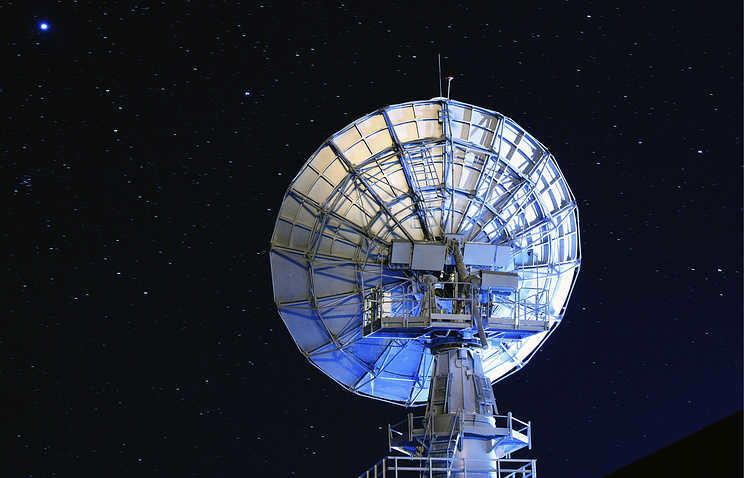
A radar station has been set up in northern Scotland as part of a global early meteorite detection system.
It is important to note that research in this field is ongoing. A map detailing the locations where meteorites most frequently land is being developed, providing insight into where visitors from outer space are most likely to fall. In addition to studying fallen objects, scientists are also working on developing an efficient early warning system for meteorite hazards.
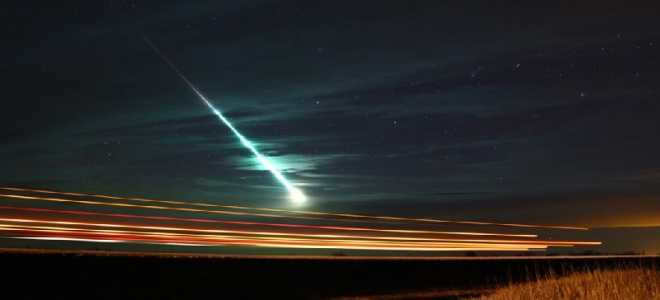
Naturally, scientists meticulously document every meteorite that has landed on our planet. These extraterrestrial objects are carefully analyzed, researched, and assigned a name, typically based on the location of their impact.
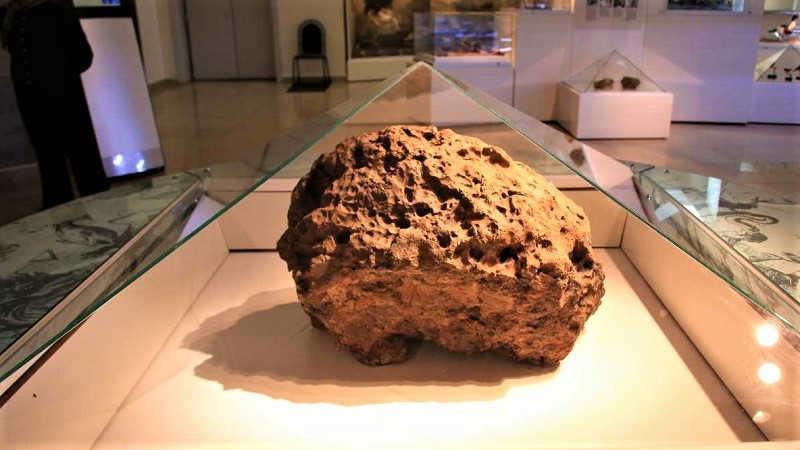
By the way, meteorites are classified based on their discovery method, which includes finds and falls.
You may have already deduced that finds refer to meteorites that have been discovered on the Earth’s surface. On the other hand, falls refer to objects and phenomena that have been observed from the atmosphere and subsequently found shortly after their descent.
How Many Meteorites Impact Earth?
It is a fact that not a single meteorite impact on Earth has ever been recorded, but over a thousand have been documented. Surprisingly, it has been discovered that between 30 to 200 tons of meteoric material enters Earth’s atmosphere every day.
According to scientific estimates, approximately a thousand meteorites hit the surface of our planet each year. Additionally, various cosmic substances such as dust and small particles make their way to Earth.
However, not all meteorites that have descended to Earth are visible to the naked eye. In cases where these interstellar intruders are small in mass and size, their presence often goes unnoticed. However, when the mass and size of a meteorite are significant enough, we are able to witness its approach and eventual descent onto our planet. This celestial phenomenon has captivated the attention of astronomers, philosophers, and many others throughout history. The exploration of space has played a pivotal role in the philosophical ideologies of different eras, including the Renaissance: https://www.istmira.com/drugoe-novoe-vremya/11627-filosofy-i-mysliteli-epohi-vozrozhdeniya.html.
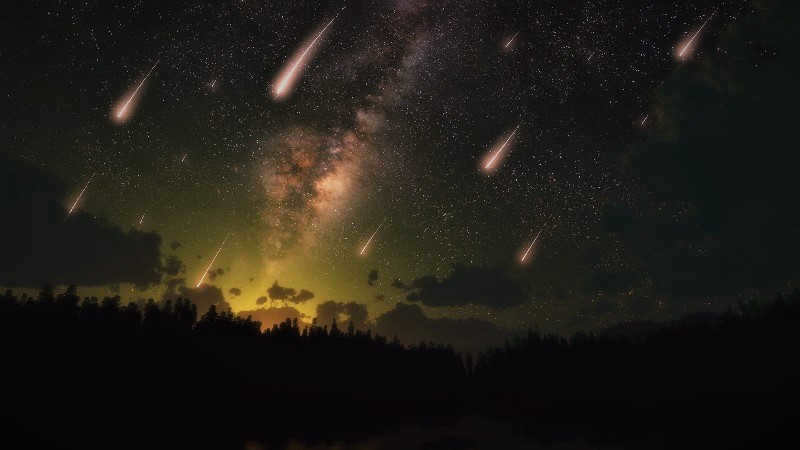
The Reasons Behind Meteorite Falls
Let’s delve into this commonly asked question. Indeed, during their journey through outer space, it often happens that the paths of certain celestial bodies intersect, driven by the force of gravity.
In the case of our planet, Earth exerts a stronger gravitational force compared to meteors. As a result, when they enter the Earth’s atmosphere, they travel at high velocities and are pulled towards the surface. Thankfully, the presence of atmospheric particles serves to decelerate the speed of these space objects, preventing catastrophic collisions and the end of the world.
Nevertheless, the consequences of a meteorite impact on Earth can be tragically unpredictable.
It’s fascinating to note that meteorites can fall anywhere. Surprisingly, scientists have determined that the chances of it striking a person or their home are only 0.000001%. Remarkably, such an event has already occurred in human history. In 1954, a 4 kg meteorite crashed into a residential house in America.
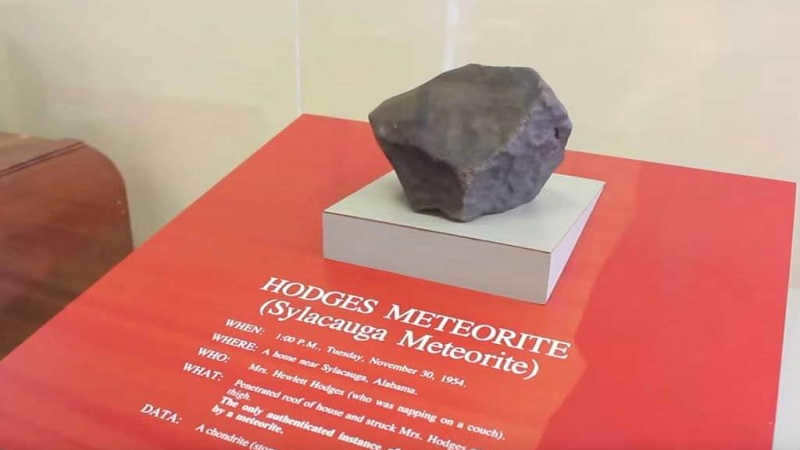
Exploring Meteorite Falls
It is well known that the majority of meteorites that land on Earth are relatively small in size. However, there are also larger specimens.
Scientists have been conducting extensive research on our universe and its organization for quite some time. As part of this effort, a dedicated scientific field has been established to study everything that falls from space to Earth.
Meteoritics, or meteor astronomy, is the scientific discipline that focuses on the study of meteorites and space dust that fall to Earth.
This particular scientific field focuses on the examination of the motion of celestial bodies and their interactions with the Earth’s atmosphere. Furthermore, it involves the analysis of the composition, properties, and genesis of meteorites. Lastly, it encompasses the documentation of their descent onto the planet’s surface.
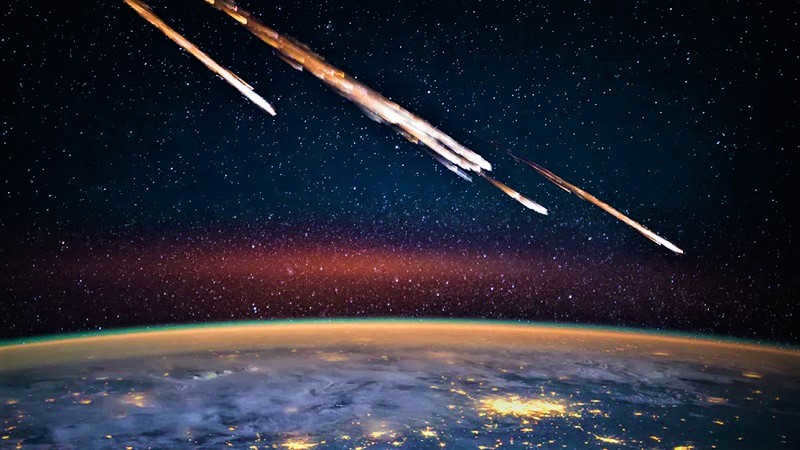
Undoubtedly, the arrival of extraterrestrial rocks in our universe is bound to instill fear. After all, the long-term trajectory of near-Earth movements is extremely difficult to predict. It is important to acknowledge that humanity has acquired substantial knowledge, yet space remains filled with countless enigmas and inexplicable phenomena. Let us eagerly anticipate the future, as there is still so much left to discover.
You can explore the fascinating history of the most renowned meteorites that have fallen to Earth right here. Among them, the Sikhote-Alin meteorite stands out, weighing approximately 23 tons.
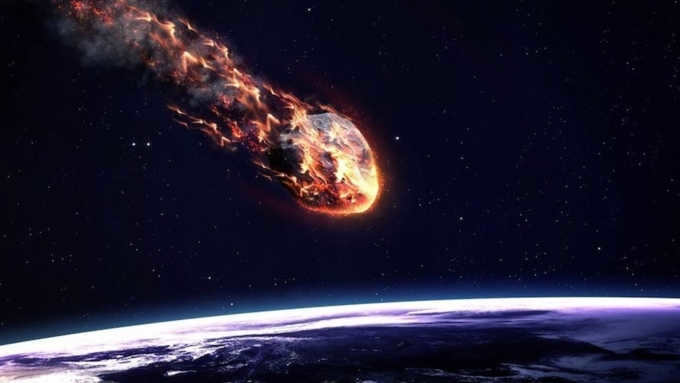
Meteorites are a phenomenon that remains largely mysterious, instilling fear in many individuals. It is understandable why one would struggle to remain composed when a colossal object from outer space unexpectedly plummets to Earth, leaving behind a trail of devastating aftermath. A notable instance of this occurred 17 years ago, on September 25, 2002, when the Vitimsky bolide descended upon the Irkutsk region. The notion that another meteorite of such magnitude could potentially bring about the end of the world is particularly alarming to people.
What is our current knowledge about meteorites? Is it always possible to predict their arrival (spoiler: not always), and what actions should we take when we do? Is it possible for one of these instances to truly be an apocalyptic event? These and numerous other trivial (and not-so-trivial) inquiries were posed by correspondent Alexander Sokolov of Amic.ru to Alexander Wolf, the leading expert at the UMR educational research laboratory “Exploration of Outer Space” at AltSPU.
Meteors, meteorites, meteoroids – can you tell them apart?
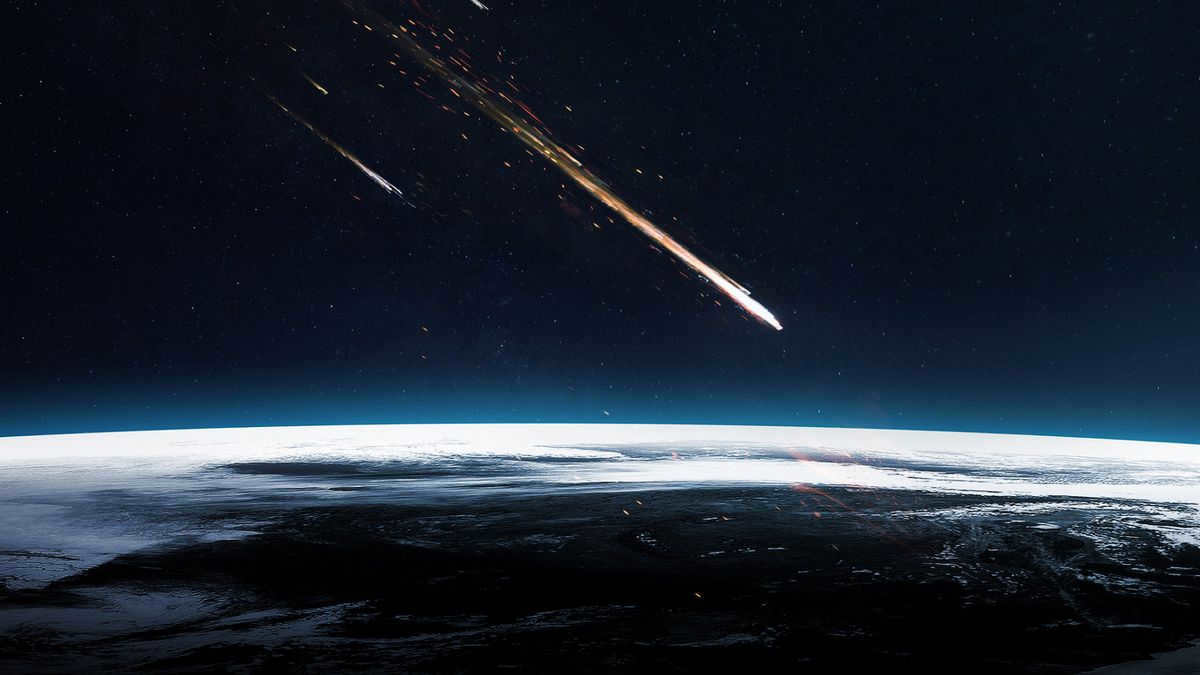
– Let’s begin with the most basic question. So, what exactly is a meteorite? What do we mean when we use this term?
– In simpler terms, a meteorite is a “rock” that has fallen from the sky. In general, meteorites were originally considered to be a weather phenomenon rather than a cosmic one. This is why the word “meteorite” contains the term “meteo”. Therefore, we can say that “meteorite” is an historically established name that is factually incorrect.
If we break it down, there are only three categories of objects that contain the term “meteo” in their name. These include meteoroids, which are rocks that travel outside of the Earth’s atmosphere in outer space. There are also meteors, which are rocks that pass through the Earth’s atmosphere. Lastly, there are meteorites, which are rocks that originate from outer space and land on Earth.
– So it turns out that when the rock travels through space, it is considered a meteoroid, but once it falls to Earth, it becomes a meteorite?
– Exactly. And at the moment it collides with Earth, it’s called a meteor. Well, everyone has definitely seen meteors. They’re the shooting stars that people wish for when they spot them in the sky. Most of these meteors burn up in the atmosphere before they reach the ground.
– I have visited many places and witnessed the claim that meteorites fall to Earth every day. I understand correctly that people are often confused with the terminology and mean specifically meteors?
– Yes, by the way. They are. In fact, the objects that fall from the sky every day are typically referred to as meteors. However, what can truly be classified as a meteorite is not a common occurrence. At least, that is not something we can definitively say. Since humans do not inhabit every corner of the Earth, not everyone has the opportunity to observe these events. Furthermore, we have limited knowledge about the frequency of meteorites landing in the oceans, which cover a vast expanse of our planet. If more areas were inhabited by people, we would likely have access to a greater wealth of information regarding meteorites.
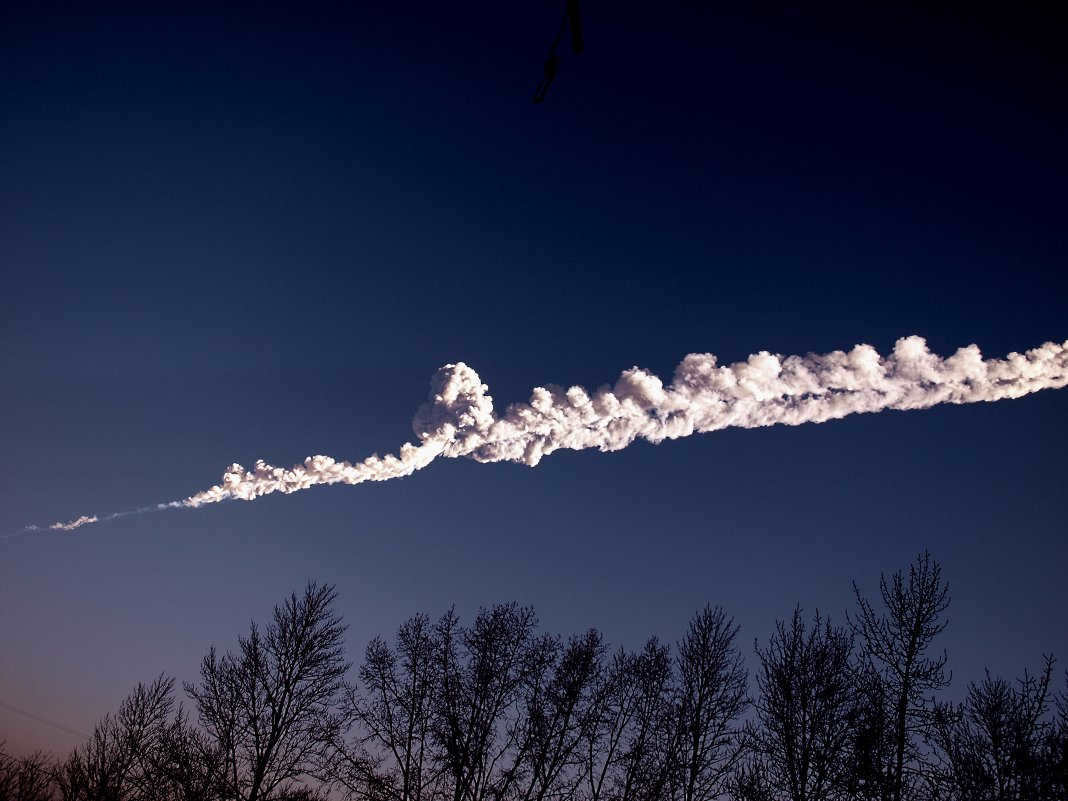
When large meteorites enter the Earth’s atmosphere, they create a trail of smoke behind them. This phenomenon can be seen in the photo above, taken from yandex.ru.
– How can we understand the terms “bolide” and “superbike”? What do they mean and what do they represent?
– A bolide is essentially an exceptionally bright meteor. A typical meteor quickly flashes and burns up, but bolides are so large that they often create a sonic shockwave when passing through the atmosphere. They can also cause electromagnetic interference and leave behind a smoke trail. Due to their size, there is a higher chance that they will not completely burn up and instead reach the Earth’s surface. A superbolide is essentially the same thing, but even larger in size. To put it in perspective, if a bolide is like a brick flying towards us, a superbolide would be more like a reinforced concrete slab.
When to anticipate the apocalypse
– In Chelyabinsk, a tremendous superballoon descended.. However, if it’s so enormous, then why wasn’t it noticed before its descent?
– It’s quite simple. The Chelyabinsk meteor was overlooked because it approached from the direction of the Sun. Try gazing at something extremely bright and see if there’s a shadowy object zooming through the sky or not.
What was the largest meteorite that ever impacted the Earth?
– It is difficult to determine the exact size of the largest meteorite that has ever fallen to Earth. However, we do know that these impacts have resulted in the formation of impact craters known as astroblems. These craters can vary in size, with some being larger and others smaller. Over time, many of these craters become less pronounced due to natural processes. While we cannot say for certain, it is highly probable that the Earth has experienced encounters with large meteorites in its ancient history.
As you delve deeper into the past, the amount of available evidence diminishes. Google Earth offers a unique tour of astroblemes, enabling you to observe these locations on Earth. Among the well-known remaining craters, the Arizona Crater stands out as the most renowned. However, numerous spots on our planet bear a resemblance to impact sites. Take a look at the Gulf of Mexico, for instance. While there is no concrete proof that it was formed through an impact, its contours are undeniably distinctive.
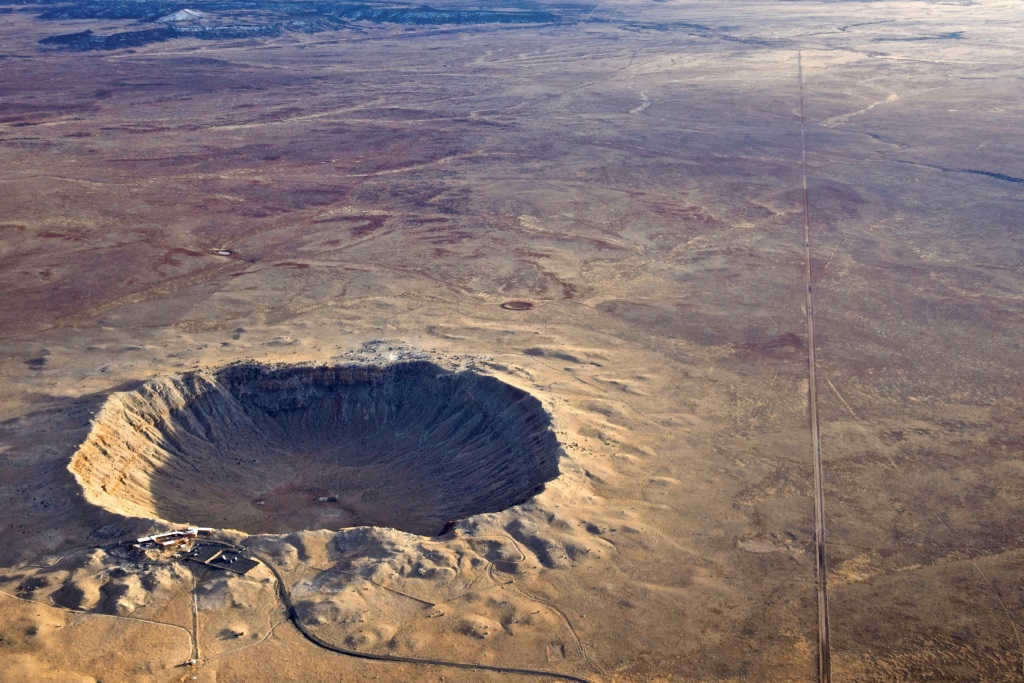
Arizona meteorite crater / Photo: vokrugsveta.ru
– Is it true that a meteorite has previously wiped out life on Earth?
– It’s a theory. There is no conclusive evidence either supporting or refuting it. However, it is entirely plausible. In fact, it may have occurred multiple times in the past. To ascertain the truth, concrete data is necessary. Conducting extensive geological research worldwide would require substantial resources and time. Hence, while there is no definitive proof, it is theoretically possible that life on Earth has vanished and reappeared several times due to meteorites.
– What could lead to the fact that we are all going to die? ♪ It’s a bad thing ♪ ♪ It’s only going to be ♪ ♪ Only ♪ where ♪, where he fell.. Isn’t it?
– Depends on what you mean by “perish.” If we’re talking about highly organized life, like humans, it takes a smaller rock. But to destroy life in general, a much bigger one.
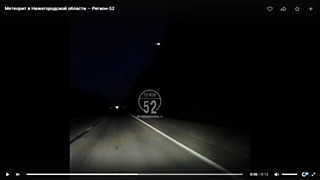
A video captures the fall of a meteorite in the Nizhny Novgorod region
What can happen upon impact? Initially, a powerful explosion occurs, resulting in the formation of a shock wave. The consequences vary depending on where the meteorite lands. If it plunges into the ocean, the shock wave will trigger massive tsunamis, capable of wiping out entire settlements. If the meteorite strikes the Earth’s surface, the shock wave has the potential to trigger a series of devastating earthquakes. Furthermore, if the shock wave is strong enough to encircle the entire planet, a resonance phenomenon may occur, causing the wave to reverberate with increased amplitude. If the initial wave fails to cause destruction, the subsequent wave surely will.
The second point to consider is that the Earth’s climate is influenced by the angle of inclination of its axis in relation to its orbit. If a massive meteorite were to impact the planet, there is a high likelihood that it would alter this angle of inclination. This could result in various scenarios. For instance, if the tilt angle were to become exactly 90 degrees, the seasons would cease to change altogether. This would mean that those living at the poles would experience perpetual winter, while those at the equator would face perpetual summer. Such conditions would significantly limit the habitable and arable land, ultimately leading to the extinction of humanity.
Furthermore, the potential for change in the Earth’s orbit is often overlooked. Even a slight alteration, such as stretching the orbit by a mere meter, could have dramatic consequences. In fact, such a modification would result in a global temperature drop of approximately 10 degrees. Now, consider the implications of a significant shift in our orbit. The ramifications could render our planet completely inhospitable.
Can Bruce Willis come to the rescue?
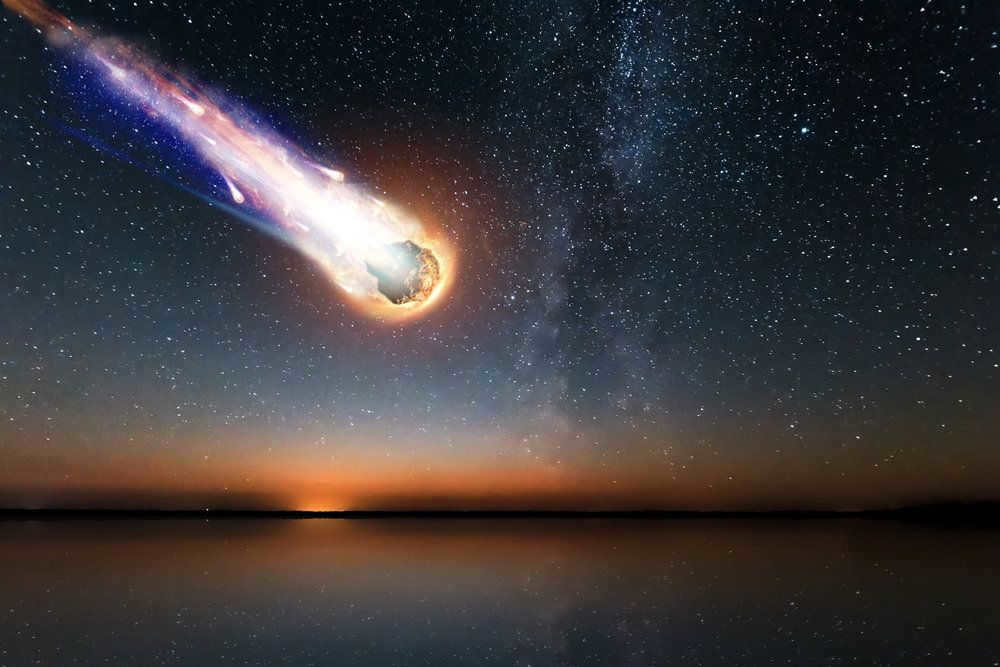
– It appears that a meteorite has the potential to destroy all of us, just like what happened in Chelyabinsk. However, we might not necessarily notice it happening in the same way as the Chelyabinsk incident.
– Yes and no. The likelihood of a meteorite killing us is a matter of probability. However, our ability to detect it depends on various factors.
On one side, there exists a great danger from massive asteroids (potential meteorites), and a significant number of them are presently under surveillance. The movement of these asteroids is constantly monitored, and their orbits are regularly recalculated. However, we do not currently possess an “all-heaven” patrol on Earth, and it is impossible to monitor the entirety of celestial space. If we had a telescope for every 10 square kilometers, the chances of detecting potential threats would increase significantly. If an asteroid happens to enter a monitored area, it will be promptly observed. However, if it passes over the Pacific Ocean, for instance, it may go unnoticed.
– Yes. alright., let’s assume, we that we observed it.. And what should we do next? How can we escape?
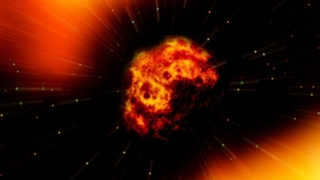
A giant asteroid is on a collision course with Earth, measuring the same size as the famous Cheops’ pyramid.
– It’s worth considering the scenarios depicted in popular disaster movies. In those films, there are constant attempts to either detonate the asteroid, obliterate it using lasers, or intercept it with missiles. However, to be frank, destroying it near Earth would likely result in numerous additional problems. Let’s imagine that we don’t destroy it and it ends up impacting Earth. The immediate area of impact would be devastated, but other regions would be relatively unscathed. On the other hand, if we were to blow it up, the debris field would extend across almost an entire hemisphere, causing widespread devastation. Therefore, whether or not to attempt to intercept and destroy the asteroid is an exceedingly intriguing question.
Sometimes, we come across interesting ideas on how to safeguard ourselves from such a catastrophe. However, these ideas are based on ideal scenarios and there are numerous “ifs” in these theories. For instance, one possibility is to dispatch a spacecraft to an asteroid, hitch a ride on it, and utilize its engines to alter its orbit.
Nevertheless, to make this plan work, all of these actions need to be carried out well in advance of the asteroid’s approach to Earth. Unfortunately, the current technology does not yet allow us to do so.
– Is there a possibility that there are asteroids in space that pose a potential threat to our planet?
– Certainly they are. One notable example is the renowned asteroid Apophis. It traverses the same orbit as Earth and we have narrowly avoided collisions on multiple occasions. With each flyby, its trajectory undergoes slight adjustments. Current calculations suggest that the next encounter will be relatively safe. However, it is worth noting that Apophis also passes close to other planets, such as Jupiter, which could significantly alter its orbit. Therefore, based on the present circumstances, I can confidently state that Apophis does not pose a threat to us in the next 150 years.
Nevertheless, there exist other asteroids apart from Apophis. Many of them come even closer to Earth than the Moon. When we consider an average, we can expect about a dozen of these sizable asteroids to pass by each year.
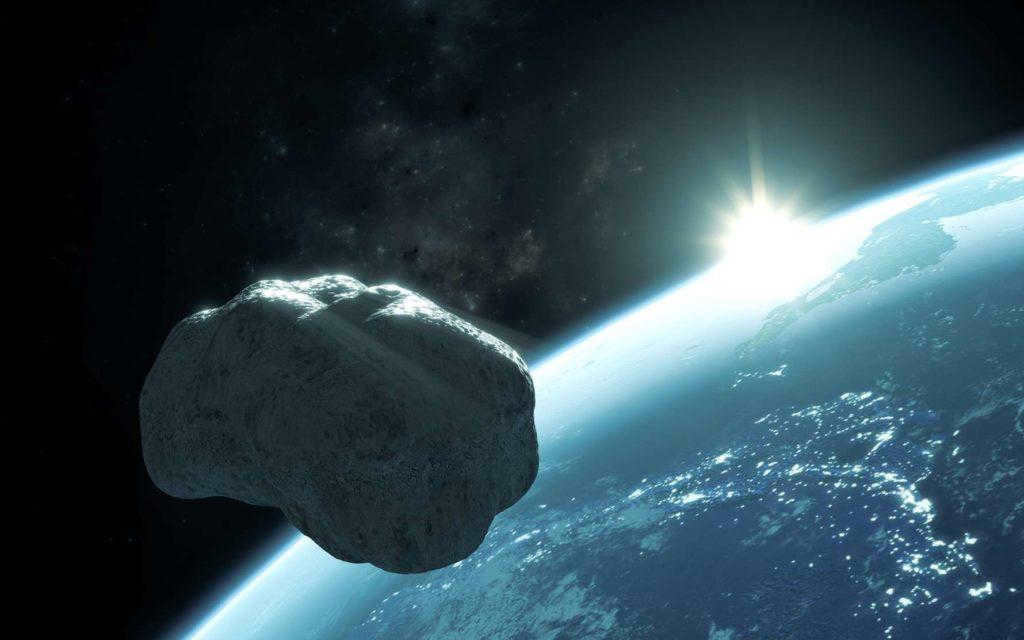
Asteroid Apophis / Photo: cybernetic.ru
– Is it possible to experience the end of the world while waiting for it? Has there ever been any such instances?
– Perhaps. I cannot recall any documented cases, of course. However, I am aware of incidents where a meteorite has pierced a parked car. Fortunately, the driver was not present. But if they had been, they would have been seriously impacted. Additionally, I am familiar with a few cases where a meteorite has impaled apartment buildings.
I have a meteorite for sale. It’s quite pricey.
– It’s, um. unusual to witness, that following the impact of large meteoroids many individuals decide to offer fragments for sale. Is it accurate that meteorites can fetch such a hefty price?
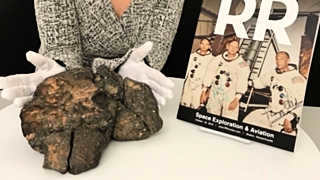
A unique lunar meteorite was purchased for $612,000 during an auction in the United States
– Occasionally, lunar meteorites can be quite valuable due to their rarity. This is particularly true if they contain elements that are no longer present on Earth. Their value is also influenced by the number and size of the fragments remaining after the meteorite’s descent. The fewer and larger the fragments, the higher the price.
Another aspect to consider is the authenticity of meteorite fragments being sold online. It requires a deep understanding of geology in order to accurately identify them, and individuals with such expertise are few and far between. To confirm their authenticity, a chemical analysis of the composition is necessary.
– Are there any known cases of meteorites falling in the Altai region?
– Yes, there have been numerous cases. There were even relatively large ones. Over the last 100-150 years, if I am not mistaken, there have been four instances of quite large meteorites falling in the Altai Territory. The most recent one was the Uglovsky meteorite, which fell in 2007. Even expeditions were organized to search for fragments, and they found about 10 kg of them.
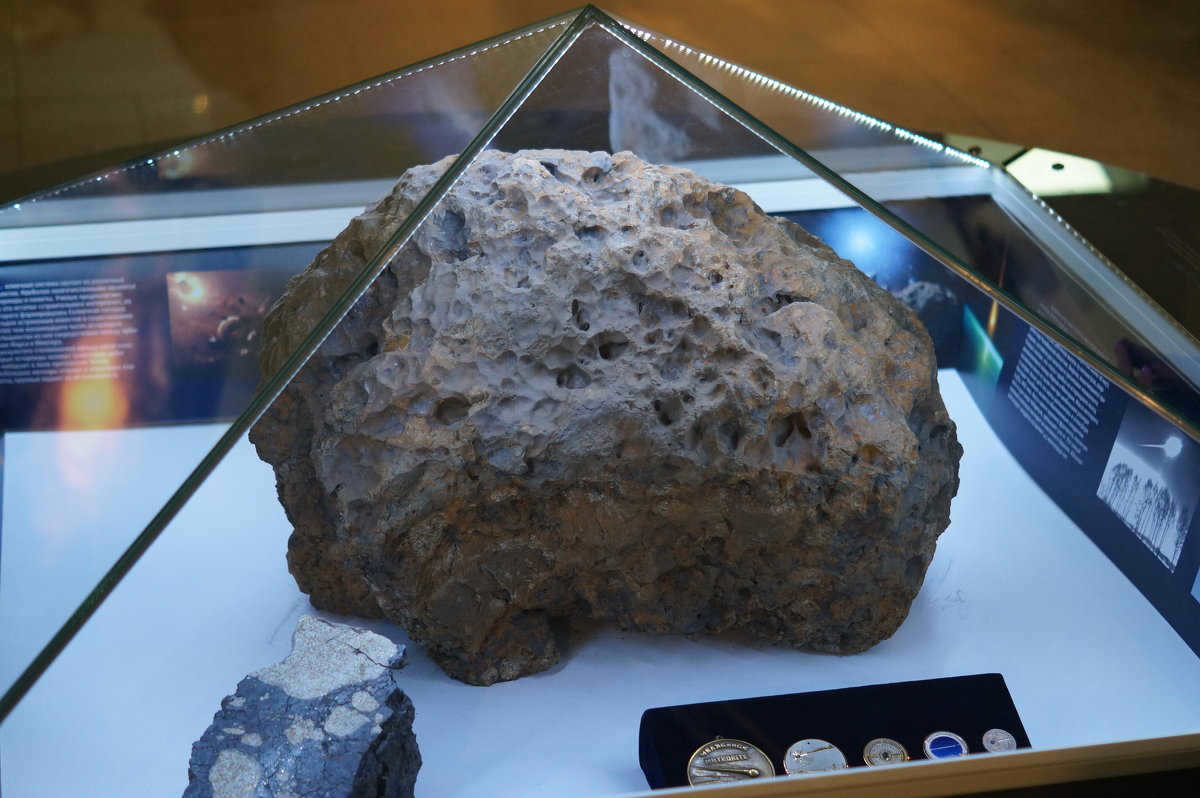
– So, finally, what can you as a specialist say to those people who are very concerned about the imminent end of the world? A meteorite is capable of destroying all of us.

